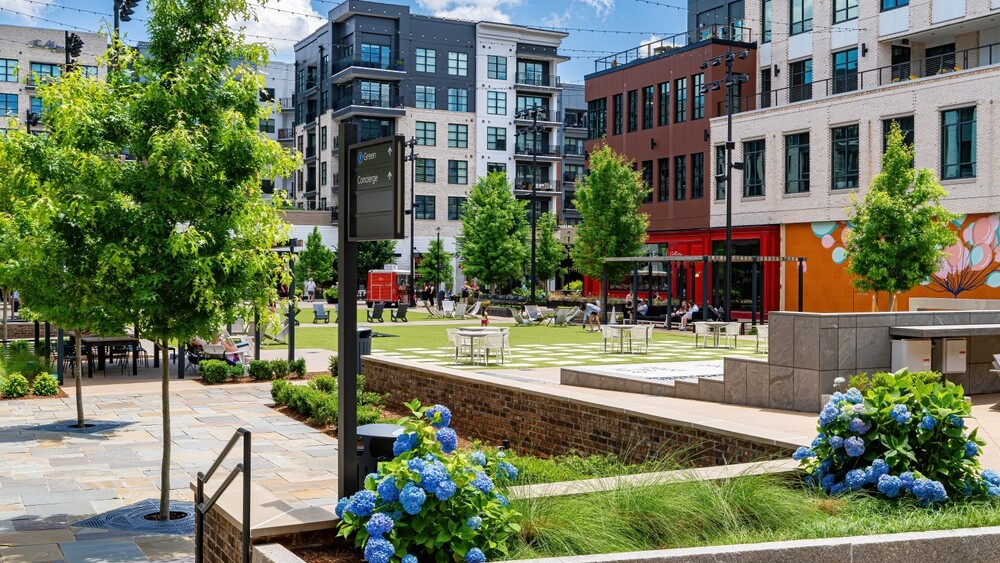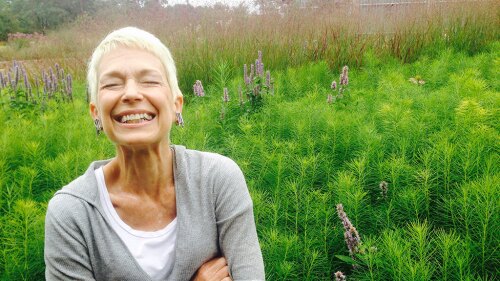Business and political leaders are quick to celebrate mixed-use developments as a way to build sustainable, vibrant, and resilient communities. The journey from conception to ribbon-cutting can be daunting, though.
At their outset, these developments face cyclical challenges, such as high interest rates, increased construction costs, labor shortages, and access to capital. Then come structural challenges, such as hybrid work models, changing retail habits, demographic shifts, and rising environmental expectations. Together, these things make completing mixed-use developments complex.
Even so, some of these developments are thriving. What are they doing better? Or differently? At the October 2024 ULI meeting in Las Vegas, McKinsey hosted a panel that addressed these questions. The experts came up with three factors that set successful developers apart.
• A single anchor is not enough. The value of anchors—large-scale entities designed to attract foot traffic and activity—is well known. Traditionally, anchors have been in the form of department stores for shopping centers or corporate headquarters for office buildings. As the lines between working, living, and playing blur, however, that approach may no longer suffice.
Instead, many successful developers are adopting creative anchor strategies that focus not only on buildings but also on a wide range of programs that can drive foot traffic and foster a sense of community. One approach is the innovation district, built around an area’s particular strengths and including corporate partners and research institutions. Our research shows these districts can lead to significantly higher rents and lower vacancies.
For example, National Landing, a $12 billion mixed-used innovation district in suburban Virginia, built around Amazon’s headquarters and government research hubs, defines itself as a “city within a city.” Home to some 26,000 residents, National Landing supports complementary industries, such as venture capital and startups focusing on the nearby defense industry; it offers a wide range of programming to connect different sectors.
Another approach is to combine green spaces, cultural institutions, sports facilities, and entertainment venues. In downtown Atlanta, the ongoing $5 billion Centennial Yards development is constructing two sports anchors—one that will house the Atlanta Hawks basketball team and one that will host football and soccer—as part its effort to be a year-round entertainment center that provides constant engagement.
Takeaway: By building around multiple, flexible anchors, developers can create interconnected hubs that can readily adapt to changing demands.
• Design experiences first. Buildings are the bones, but experiences are the lifeblood of a thriving mixed-use district. Success comes from crafting spaces that are both functional and magnetic: they draw people into places where they want to linger, connect—and come back.
From farmers markets to concerts, creative programming keeps spaces vibrant throughout the day and year-round. Fenton, a development in Cary, North Carolina, just outside Raleigh, features a variety of events and seasonal markets to foster steady foot traffic. The programming evolves regularly, by incorporating feedback from both residents and visitors.
To get people to a development in the first place, offering multiple transit options can broaden convenience and accessibility. National Landing has pedestrian bridges, a Metro station, and bike paths that knit together the district. Finally, it’s important to incorporate existing buildings; adaptive use strategies to repurpose and reinvigorate what is already on a site can not only reduce overbuilding but also preserve a community’s heritage and breathe new life into a district.
Takeaway: By prioritizing experience-driven design, it is possible to provide lasting reasons for people to visit a development and, later, to return.
• Be rooted in the place. Successful mixed-use districts don’t emerge full-blown from architectural plans; they evolve through a deep understanding of their community. The best ones engage community members and develop strategies to honor the past, reflect the present, and set the stage for an interesting and prosperous future. Developers should ask: what makes this place special? Answering that question requires community participation, early and often, with developers listening to residents and investing in ways that address their hopes and concerns.
Rooting developments in the unique story of a location can foster authenticity and local pride. In urban mixed-use redevelopments, one priority may be to address historical inequities and environmental legacies to foster healing and strengthen community ties. In Houston’s East End, for example, the mixed-use development focused on preserving the neighborhood’s rich Black history while providing jobs for residents.
The natural environment is another important consideration. Developers are increasingly integrating nature, green infrastructure, and public spaces into their designs from the outset. Waterloo Greenway in Austin is a prime example. Its urban trails, green spaces, and pedestrian bridges have revitalized the area’s natural assets and improved connections citywide.
Takeaway: Projects that honor an area’s history and environment are more likely to become integral parts of the larger community.
Mixed-use districts can become great places where people are happy to live, work, and play. They can also contribute to economic and social resiliency. For example, McKinsey research found that cities characterized by substantial mixed-use development bounced back faster after the pandemic. With market conditions showing signs of improvement, figuring out the right playbook will be critical for success in the next cycle.
The path forward, however, demands creativity, community engagement, and a commitment to making spaces that matter—not just for today but for generations to come.








